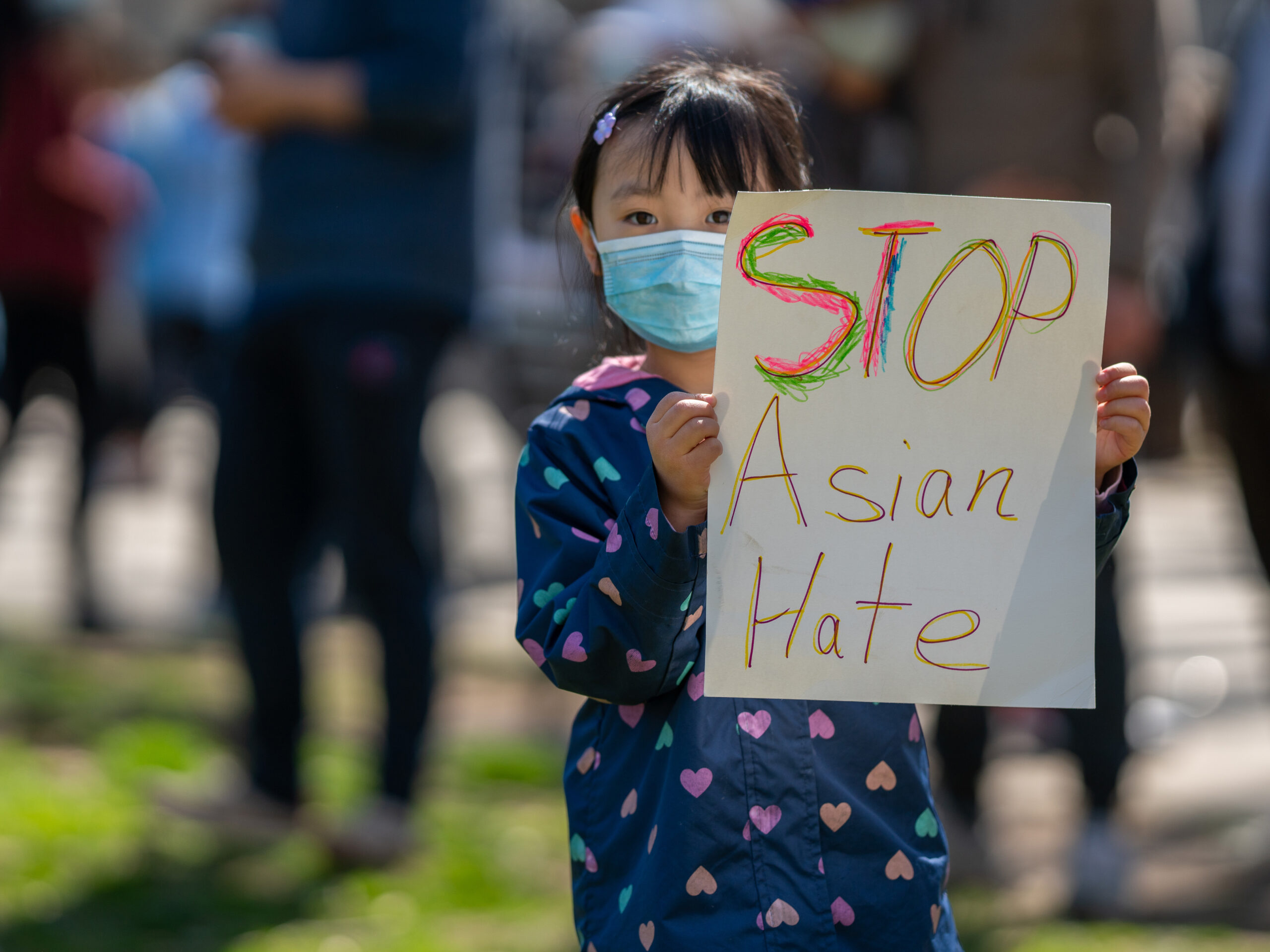
A new national report done by the group Stop AAPI Hate shows that about 20% Asian Americans and Pacific Islanders have experienced a hate-motivated incident in the last year. Based on the report, 20% means roughly 4.8 million Asian Americans and 320,000 Pacific Islanders have been the subject of a hate incident. Despite public attention shifting away from this issue, AAPI hate has continued to surge. This is not only due to the association made between the pandemic and Asia, but also due to inflammatory rhetoric on the part of public officials and the country’s history of AAPI discrimination and oppression that encourages people to act on long-standing racist attitudes.
For this recent pandemic surge, the blame can at least in part be assigned to former President Donald Trump after his liberal use of racist terms like “Chinese virus” and “Kung Flu,” which he synonymously used for coronavirus. This choice to refer to the virus as Chinese was a conscious and deliberate one that was discovered after a photo was taken of Trump’s script where the word “corona” was crossed out and written in was the word “Chinese.” Experts were openly critical of these terms, claiming that they could increase occurrences of AAPI hate. A study done by UC San Francisco found a connection between Trump’s use of the term “Chinese virus” and the rise of anti-Asian hashtags on Twitter. The use of these blatantly racist terms for the coronavirus encourages people to see the virus as attached to an Asian person and gives people an excuse for their own racist opinions or actions.
However, AAPI hate is not a new phenomenon, and it didn’t start or end with the Trump administration. Very notably, this country was responsible for the Chinese Exclusion Act of 1882. In the late 1800s, nativist propaganda was spread that blamed Chinese immigrants for lowered wages and other economic problems, despite the small portion of the population they made up. Congress caved to concerns, and the Chinese Exclusion Act ended Chinese immigration for 10 years. AAPI hate is a large part of U.S. history and clearly still is. It’s simply important to note that the pandemic was not the beginning of this issue, and this country’s path of ignorant hate began a long time ago.
Furthermore, unreasonable standards are created for Asian-Americans through the Model Minority Myth. The stereotypical characterization of Asian-Americans as the perfect example of the “pull yourself up by your bootstraps” mentality or the non-threatening minority is not, as one might think, acceptance by society but instead a strict set of guidelines to going unnoticed and unheard. Asians face a lack of representation in many arenas, not just in government. In Hollywood, Asian actors or actresses star in films far more rarely, and these films are often full of racist rhetoric. A study found, after looking at 1,300 top-grossing films from 2007 to 2019, that less than 4% of the movies had AAPI actors in leading or co-leading roles. They also found that about two thirds of AAPI characters in these movies were characterized by Asian stereotypes, such as Asian women being submissive or tempresses. The collective desire to exclude and silence Asian voices is evident in the way they are and are not represented.
Anti-Asian rhetoric goes even further beyond stereotypes and a lack of accurate representation, as the world has seen coverage of violent incidents of AAPI hate. In a shooting just earlier this year, the murder of eight women, six of whom were Asian women, was a brutal reminder of what emerges from racist sentiments and fetishization. The shooter claimed to the police that he was a sex addict and that the massage parlors he attacked were temptations he was aiming to eliminate. The association between Asian women and an obviously very disturbed man’s “temptation” is like the connection made between Asian people and the coronavirus: entirely inaccurate, deeply dangerous and built on a racist misconceptions perpetuated by far too many people.
Trying to move forward and making progress should be the ultimate goal. The same study recently done by Stop AAPI Hate posits that the best way to combat the issue of AAPI hate is education and community-based solutions. California has taken a step in the right direction with the new ethnic studies requirements for graduating California high school students beginning in 2030. It is essential to understand America’s history and the oppression ingrained within it in order to improve upon it.







